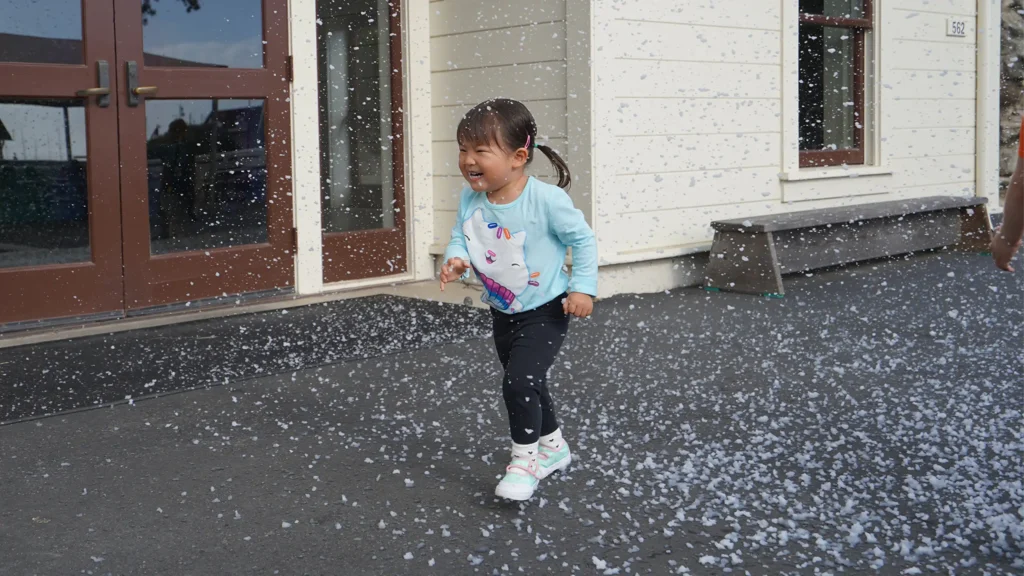
We envision a world where every child grows through joyful play.
Our mission extends far beyond our campus. We are committed to ensuring that all children across the Bay Area, regardless of their background, have access to the power of play-based learning. Through initiatives such as access programs, STEAM Workshops and the Try It Truck, we bring these vital experiences to communities and schools, making high-quality, playful education accessible to everyone.
Our Commitments
Providing Play for Every Child
Our primary focus is to broaden access to joyful play for young children, especially in underserved communities. We work to remove barriers through programs like Museums for All, which offers discounted admission, and partnerships with local schools and organizations to extend play-based learning opportunities to children throughout the region.
Fostering Belonging
At Bay Area Discovery Museum, we believe that every family should feel welcomed and valued. From the diverse experiences we offer onsite to the inclusive environment we nurture, we are committed to fostering a sense of belonging among our visitors and within our team. We strive to create an atmosphere that celebrates diversity and inclusion, ensuring that all families feel they are part of our community.
Partnering with Community
We are proud to collaborate with local educators, nonprofits, and community leaders to address the needs of young children and their families. Through these partnerships, we provide vital resources that extend beyond the museum, offering play-based learning experiences that enrich classrooms and community programs. We aim to be a trusted partner in early childhood education across the Bay Area including San Francisco Unified School District and San Rafael.
Supporting Educators and Caregivers
We understand the important role that parents, teachers, and caregivers play in a child’s development. To support them, the museum offers professional development workshops, family programs, and educational resources designed to empower adults as they nurture children’s growth both at home and in the classroom. Our goal is to inspire and equip those who care for young learners, providing them with tools and strategies to foster creativity and curiosity.





